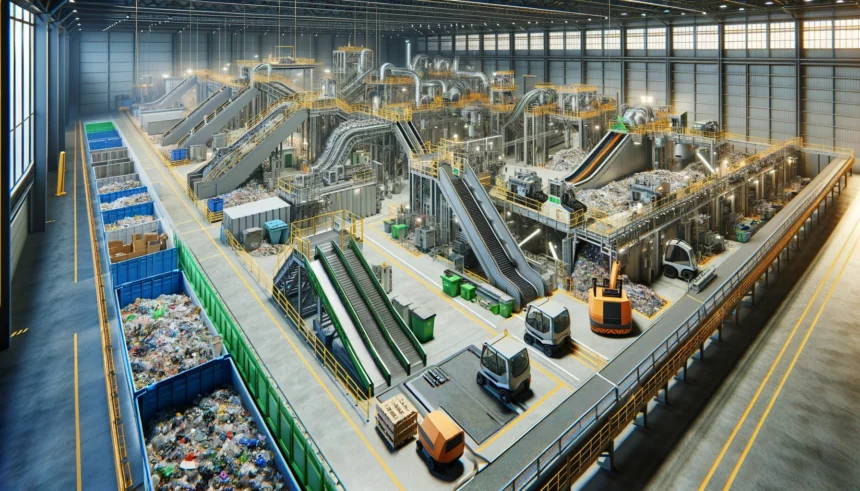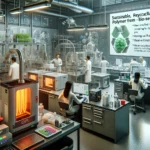Introduction
New waste diversion technologies are advancing and are ready to maximize resources. They help protect the integrity of recycling programs and promote sustainable waste management practices.
Contents
Challenges in Waste Management
- Landfill Capacity: Landfills across the country are nearing capacity. Despite efforts to change consumer behavior and increase access to recycling programs, the nation’s recycling rate has plateaued. This raises concerns about the future of waste management.
- Regulatory Hurdles: Building new landfills and waste-to-energy solutions face significant social and regulatory challenges. For example, Hennepin County, MN, plans to close their waste-to-energy facility by 2028 due to difficulties in achieving high waste diversion rates.
- Ownership Shift: Municipalities are moving away from landfill operations. According to the Solid Waste Association of North America (SWANA), private entities now manage 73 percent of the permitted disposal capacity, indicating a shift towards larger regional landfills.
The Role of Transportation
- High Costs: Transporting waste to distant landfills or out of state can be just as expensive as developing waste-to-energy facilities. For instance, an analysis by King County, WA, showed that both waste-to-energy and waste exporting by rail could each cost over $1 billion in the near term and $6 billion in the long term.
The Volume of Waste
- Valuable Materials: Much of the waste that ends up in landfills has value. The Recycling Partnership reports that over 75 percent of the nation’s waste stream could be recycled or composted. For example, 14 plastic bottles can be recycled into enough plastic fiberfill for a life jacket, but 80 percent of U.S. plastic waste is landfilled.
Solution: Advanced Waste Diversion Technology
- Current Recycling System: The U.S. recycling system collects only about 32 percent of available recyclables from homes and businesses, with 17 percent of collected recyclables being contaminated. Affordable, efficient, and convenient recycling systems are necessary to improve these numbers.
- Georgia-Pacific’s Juno Technology: A decade ago, Georgia-Pacific began developing Juno® Technology to recover and sanitize valuable materials from single-use food-contaminated packaging. This technology can recover up to 90 percent of processed waste.
How Juno Technology Works
- Sanitization: Mixed waste is sanitized in a heated chamber called the Juno Clave™ to remove contaminants.
- Separation: Sanitized waste undergoes wet separation, where high-value recyclables and organic materials are separated.
- Sorting: The remaining materials are sorted using optical sorting, magnets, eddy currents, and screens to extract and recycle glass, plastics, metals, and grit.
- Biogas Production: Food waste and water are diverted to an anaerobic digestion system to create renewable biogas, which can be used for energy or steam production.
Complementing Existing Programs
- Integration with Existing Systems: Advanced diversion technologies can be integrated into current waste management systems without requiring significant changes to consumer behavior. They complement existing curbside recycling programs and help reduce contamination in recycling streams.
Conclusion
Advanced waste diversion technologies are ready to maximize resource recovery and protect the integrity of recycling programs. These technologies offer a cost-effective solution compared to building new waste-to-energy facilities and can significantly enhance the efficiency of existing waste management systems. By adopting these innovations, we can confidently move towards a more sustainable future.
4o
















